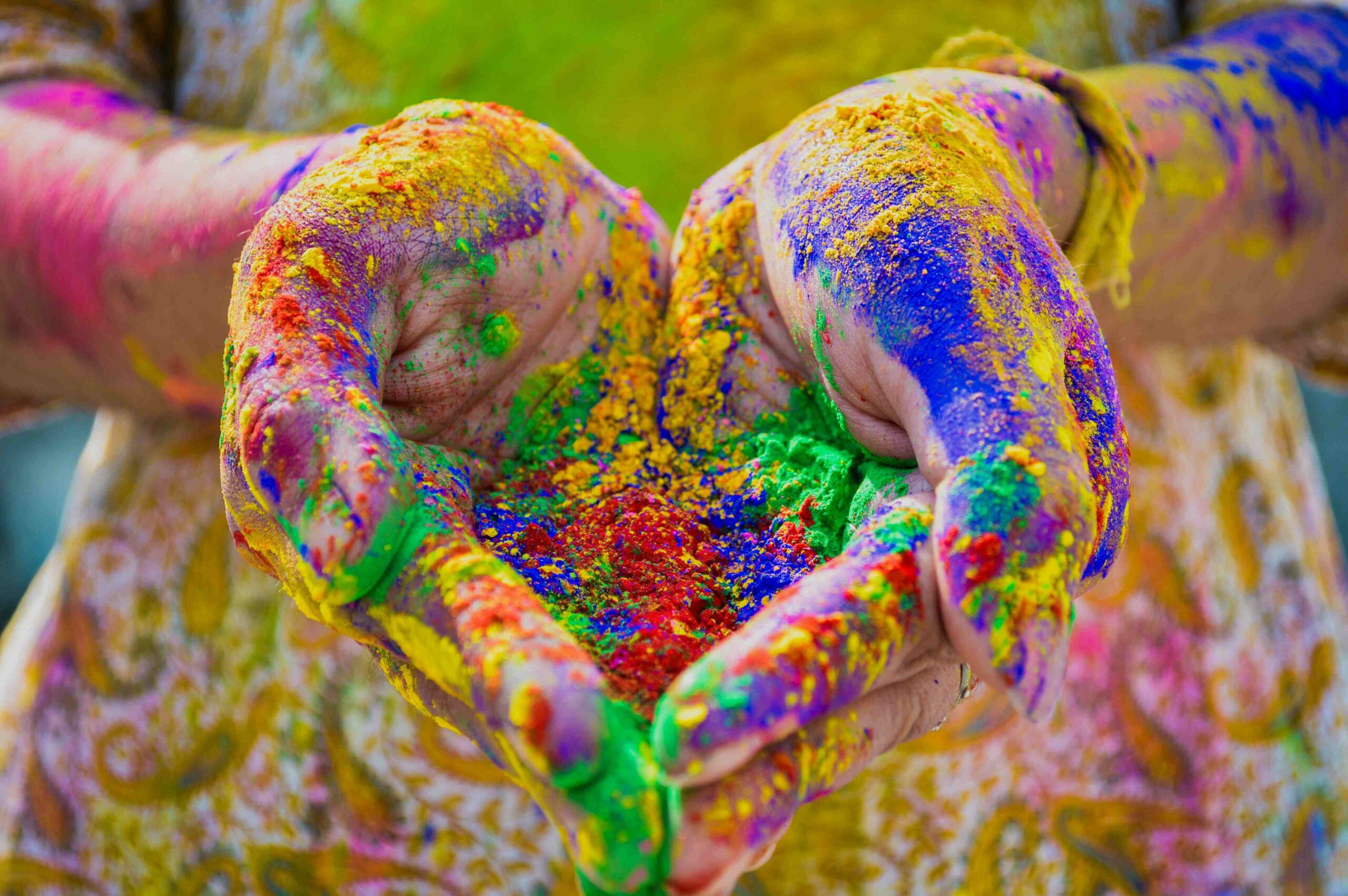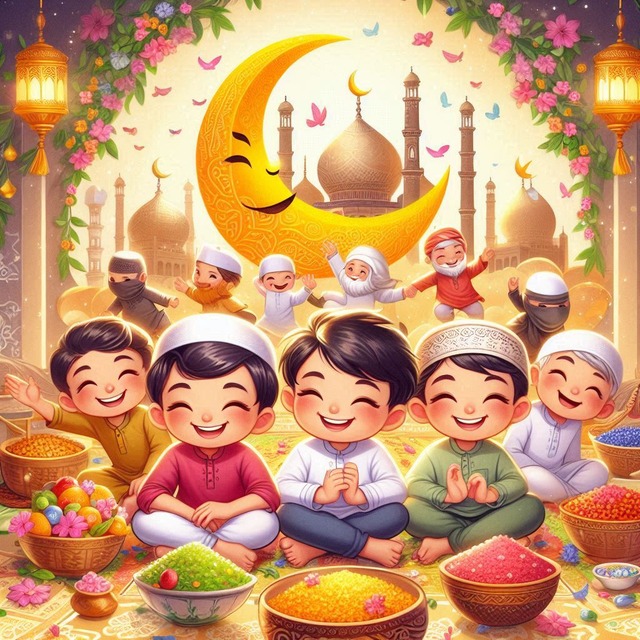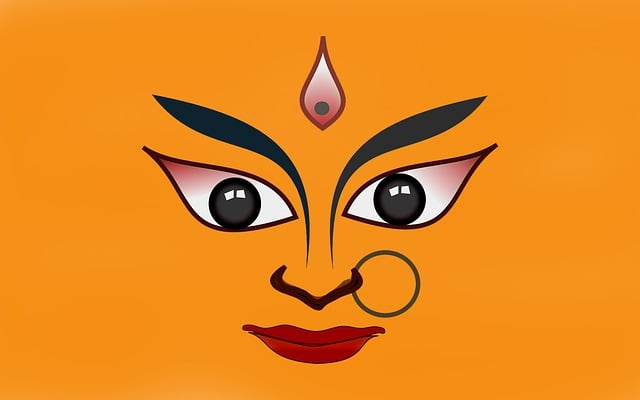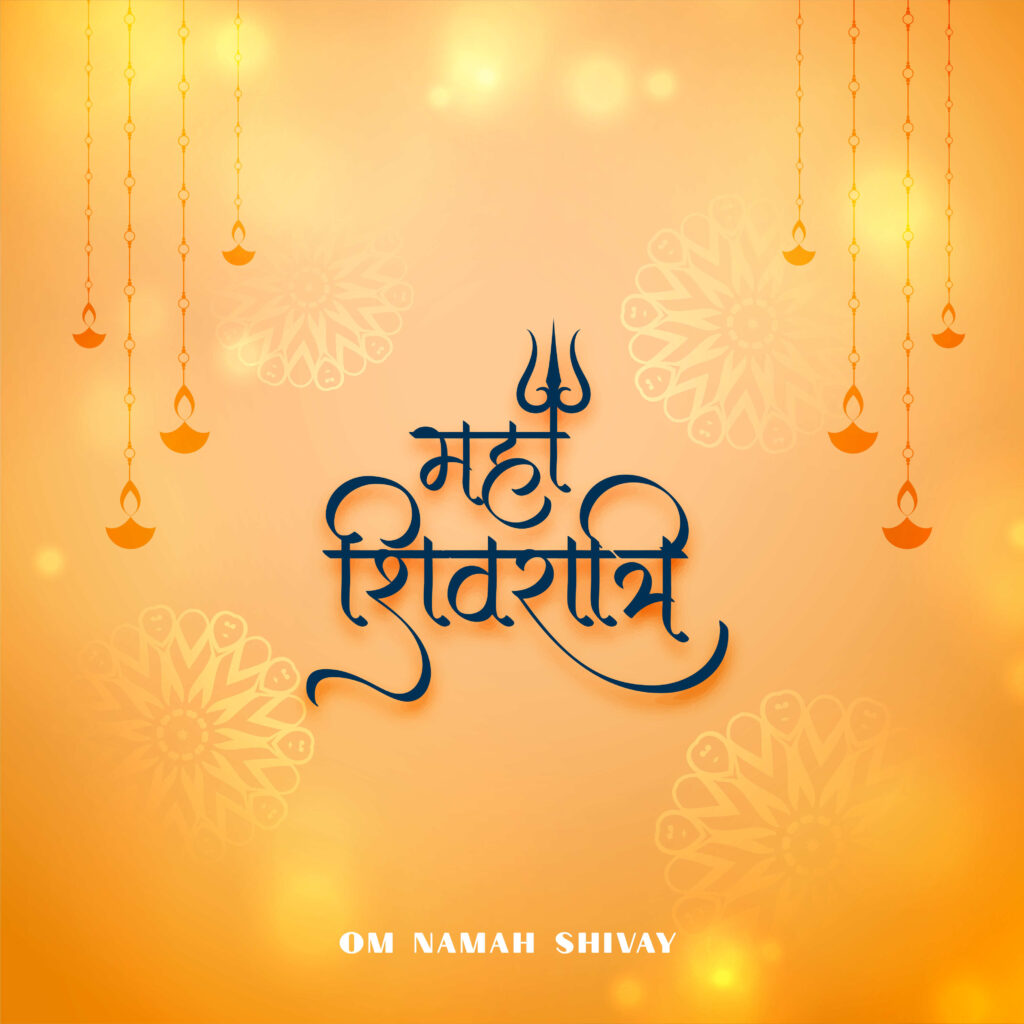Significance of Holi:
The significance of Holi, a colorful and joyful festival celebrated in India, extends beyond its surface appearance. Various reasons underlie the importance of Holi in our lives, encompassing social, cultural, religious, and even biological aspects.
Active participation in all associated traditions during Holi is deemed essential, encouraging individuals to embrace the festival wholeheartedly.
Mythological Significance of Holi:
Holi is imbued with mythological significance, drawing individuals closer to religious and mythological narratives as the legends intertwined with the festival are celebrated.
One of the principal stories revolves around Prahlad and Hiranyakshyap. Hiranyakshyap, a powerful king, was presumed to be a deity and demanded worship from all. However, his son Prahlad chose to venerate Lord Vishnu instead. In an attempt to eliminate Prahlad, Hiranyakshyap enlisted his sister, Holika, to enter a blazing fire with Prahlad in her lap, believing in her immunity due to a special power. Prahlad’s devotion saved him, while Holika perished, leading to the tradition of burning Holika in a bonfire during ‘Holika dahan’.
Holi also commemorates the love story of Radha and Krishna. Krishna’s penchant for playful mischief included coloring Radha and other gopis with different hues, evolving into a tradition during Holi.
Another myth associates Holi with the demise of the ogress Pootana, who attempted to poison baby Krishna.
In South India, the legend of Lord Shiva and Kaamadeva holds significance, wherein Kaamadeva risked his life to disrupt Shiva’s meditation and safeguard the world, commemorated during Holi in the southern regions.
Lastly, the tale of Ogress Dhundhi, who troubled children in the kingdom of Raghu, depicts how children allegedly frightened her away with pranks during Holi, explaining the tradition of kids playing pranks and shouting during Holika Dahan.
Cultural Significance of Holi:
The celebration of the legends of Holi reassures individuals of the triumph of good over evil. These stories, such as the one of Hiranyakashyap and Prahlad, remind us that protection and victory come through devotion to God. They inspire the embrace of honesty and the upholding of truthfulness, which are crucial virtues in a world often tainted by dishonesty. Belief in the power of honesty and resistance against evil is fostered by Holi.
Additionally, Holi is celebrated at a time when fields are lush and a bountiful harvest is anticipated. The festivity of the occasion is enhanced by this, providing further justification for revelry and immersion in its spirit.
Social Significance of Holi:
Holi plays a significant role in bringing our society together and reinforcing the unity of our diverse nation. It is a festival cherished not only by Hindus but also by individuals of other faiths, as all are drawn to the colorful and joyous celebrations.
During Holi, a notable tradition is observed wherein even adversaries set aside their differences and unite as friends. Animosity dissipates, and individuals from all walks of life, irrespective of their wealth or status, join in the festivities with a sense of camaraderie and brotherhood.
In the evening, visits to friends and relatives are made, with the exchange of gifts, sweets, and warm greetings being customary. This tradition revitalizes relationships and strengthens emotional bonds between individuals, nurturing a sense of togetherness and solidarity within our society.
Biological Significance of Holi:
It is fascinating to note that Holi is held to be significant for our well-being beyond merely being a festival filled with fun. Gratitude is owed to our ancestors who initiated the celebration of Holi at a scientifically optimal time. This timing coincides with a period when individuals often experience sluggishness due to the transition from cold to warm weather. To counteract this lethargy, Holi festivities involve lively singing, brisk movements, and loud music, aiding in rejuvenating our bodies.
Moreover, the colors utilized during Holi are believed to exert a positive impact on our bodies. Biologists suggest that the liquid dyes permeate the skin’s pores, fortifying ions and enhancing our health and appearance.
The tradition of Holika Dahan also holds a scientific rationale. During the transition from winter to spring, bacteria tend to proliferate in both the environment and our bodies. The burning of Holika, with temperatures reaching about 145 degrees Fahrenheit, is believed to aid in the eradication of these bacteria. Additionally, circumambulating the fire is thought to aid in cleansing our bodies from within.
In South India, following Holika Dahan, ash (Vibhuti) is applied on foreheads and a mixture of sandal paste with young mango leaves and flowers is consumed to promote good health.
Playing with colors during Holi is believed to confer health benefits as well. Western physicians acknowledge the importance of colors for overall well-being, as a deficiency in a particular color in our body can lead to ailments.
Lastly, the act of cleaning homes during Holi serves not only to clear dust and mess but also aids in the elimination of pests like mosquitoes, fostering a clean and positive environment that uplifts residents’ spirits.
Rituals of Holi:
The ancient festival of Holi is celebrated with great care and enthusiasm, adhering to rituals passed down through generations.
Preparations for Holi commence days in advance, with wood being gathered for the bonfire known as Holika. This wood is collected at major crossroads in the city, ensuring a sizable pile for the bonfire.
On the eve of Holi, Holika Dahan is commemorated. An effigy of Holika, the sister of demon King Hiranyakashyap, is placed in the wood and set ablaze. This ritual symbolizes the victory of good over evil, as Holika had attempted to kill Prahlad, a devoted follower of Lord Naarayana.
Children also participate by hurling abuses at the effigy of Holika, reminiscent of the act of chasing away Dhundhi, who once troubled children in the Kingdom of Prithu. Some individuals even take embers from the fire to their homes to rekindle their domestic fires.
The main day of Holi, known as Dhuleti, is when the playful colors emerge. There is no tradition of religious ceremonies on this day; it is purely for enjoyment.
In North India, particularly in Mathura and Vrindavan, the tradition of playing with colors is particularly lively. Holi is also celebrated with enthusiasm in Maharashtra and Gujarat.
People revel in being sprayed with colored water by each other with pichkaris or having buckets of it poured on them. Singing Bollywood Holi songs and dancing to the beat of dholak are integral parts of the festivities. Traditional Holi sweets like gujiya, mathri, and malpuas are relished with great joy.
Drinks, especially thandai laced with bhang (cannabis), are also part of the Holi celebration. While bhang adds to the festive spirit, caution should be exercised not to overindulge, as excessive consumption can dampen the occasion.
How Holi is celebrated in different parts of India:
Lathmar Holi in Uttar Pradesh:
Holi is widely celebrated in northern India, particularly in Uttar Pradesh, Haryana, and Delhi. One unique variation of Holi observed in Uttar Pradesh is known as Lathmar Holi. During this celebration, men are playfully beaten by women with sticks, symbolizing the playful teasing between Lord Krishna and the gopis. Bonfires are gathered around, songs are sung, dances are performed, and colored powder is thrown, signifying the victory of good over evil and the arrival of spring.
Meduru Holi in Andhra Pradesh:
In Andhra Pradesh, Holi is known as ‘Meduru Holi’. Colorful processions are participated in by people, accompanied by traditional music and dance. Devotional hymns dedicated to Lord Krishna are sung during the festivities, adding a spiritual touch to the celebration.
Kumaoni Holi in Uttarakhand:
Kumaoni Holi is celebrated in various parts of Uttarakhand, particularly in the Kumaon region. Unlike other states, this festival focuses more on music than colors. The beginning of the sowing season for the farming community is marked by it. The lighting of the Holika pyre, known as ‘cheer’, is a significant ritual, symbolizing the triumph of good over evil.
Rang Panchami in Maharashtra:
In Maharashtra, Holi is celebrated as ‘Rang Panchami’. People engage in colorful revelry, playing with colored powders, dancing to the beats of dhols, and indulging in traditional sweets and savory snacks. Street performances of music and singing are also witnessed in some regions.
Manjal Kuli in Kerala:
In Kerala, the Konkani and Kudumbi communities celebrate Holi as ‘Manjal Kuli’. Temple visits, folk songs, and watercolor celebrations characterize this peaceful festival. Turmeric-based colors are used during the festivities, adding to the cultural richness of the celebration.
Royal Holi in Udaipur:
Udaipur hosts a grand Holi celebration, known as the Royal Holi. The traditional rituals, including the lighting of bonfires and the destruction of the effigy of Holika, are observed by the Mewar royal family. The grandeur of the festivities is enhanced by a magnificent horse procession accompanied by the royal band.
Basant Utsav and Dol Jatra in Bengal:
In Bengal, Holi is celebrated as Basant Utsav, heralding the arrival of spring. A spectacular event featuring vibrant cultural performances is hosted at Shantiniketan. Dol Jatra, a part of the Holi celebrations, involves parading idols of Radha and Krishna through the streets, with water and colors being sprinkled by men to enhance the joyous atmosphere.
Conclusion:
In conclusion, Holi is not just a festival of colors but a celebration of the rich cultural diversity and traditions across India. Joyous festivities unite people from different regions and communities, transcending geographical boundaries. Whether it’s the playful Lathmar Holi in Uttar Pradesh, the musical Kumaoni Holi in Uttarakhand, or the grand Royal Holi in Udaipur, each variation of Holi reflects the unique customs and beliefs of the region. Through rituals, songs, dances, and vibrant colors, Holi brings people together to rejoice in the triumph of good over evil and the arrival of spring. It serves as a reminder of the enduring spirit of unity, love, and harmony that defines the Indian ethos as winter is bid farewell and the warmth of spring is embraced.
.




